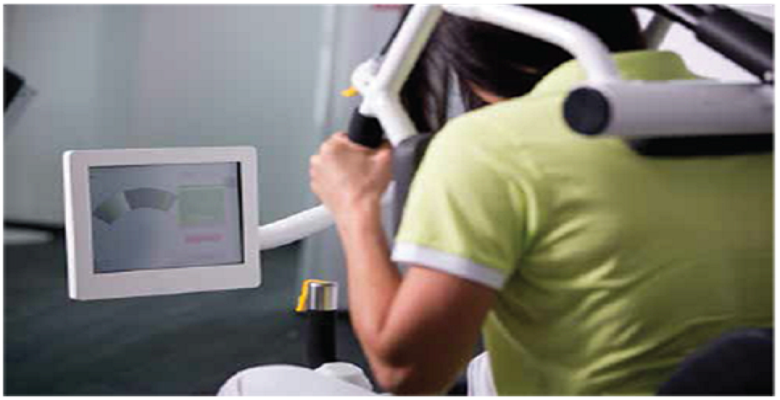Back pain is a debilitating functional disorder which can render you quite incapable of performing your day to day activity. The seriousness of this form of pain can be anticipated from the fact that back pain is the most common reason for absence from the workplace and seeking medical spine care. Lower back pain is the most common form of back pain, globally. While popping pain killers may provide temporary relief from back pain, in-depth investigation and treatment might be necessary to treat your backache.

Factors that Can Contribute to Back Pain
Looking at how common and debilitating back pains can be, the first things one can do is look for the best back pain specialist near them. A good way of doing this is by googling “back pain specialist near me” and visiting the nearest doctor. The spine is a complex structure protecting the sensitive spinal cord with the help of 33 vertebral bones, held together by muscles, ligaments, tendons and disks. Any structural damage caused to these components can trigger mild to severely crippling back pain.
Strain
Staining of muscles, ligaments, muscle spasms and disc injury can generate back pain. These may be caused by a fall, improper lifting or sudden movements.
Physiological Factors
Several structural problems like ruptured or bulging discs, sciatica pain, osteoarthritis, scoliosis, osteoporosis and kidney infection can result in prolonged back pain. Back pain specialists begin with the identification of the root cause and then formulating an effective spine care treatment.
Poor Posture
Wrong sitting postures, over-stretching, long periods of standing and sitting, driving without breaks and sleeping on an inappropriate mattress can change the structure of your spine and cause backache.
Medical Conditions
Underlying diseases and infections can also be sources of back pain. Some of them are Cauda Equina syndrome, spine cancer, infection of the spine, pelvic inflammatory disease, shingles and sleep disorders.
Non-Invasive Spine Care
Although opioids are widely prescribed all over the world to manage back pain, it is not found to be helpful in providing improved functional outcomes. The analgesic effect is also associated with various side effects including addiction in the long term use scenario.
Surgical spine care might be required in cases of cancer or severe spinal deformities. The success rates of minimally invasive spine surgery and open spine surgery are approximately the same as suggested by different studies. Both have increased remission rates, proving that the hype about the efficiency of minimally invasive procedures is far from reality.
Advanced Physiotherapy coupled with evidence-based Digital Spine Analysis provides greater rates of success by isolating the root cause of back pain. It is superior to conventional imaging techniques since it quantitatively measures the limitations of the spine, according to which the physical rehabilitation process can be customized.
A German technology, this machine- based therapy involves in-depth assessment of muscle strength, resistance, lumbar spine movement loss and flexibility, by restricting the movement of all body parts except the spine. The corresponding reading from each device therapy session is plotted on a Digital Spine Analysis Graph to adjust the therapy accordingly. Micro-amperage current based treatment, called Frequency Specific Microstimulation, is used in problem areas to promote pain alleviation by increased ATP production, protein synthesis and activation of signal transduction.
Novel targeted and non-invasive spine care technology provided by efficient back pain specialists like QI Spine offer painless and long-lasting relief from different types of back pain. The efficiency and success of this technique arise from the accurate diagnosis of the cause of your spinal limitations using precise technology.

